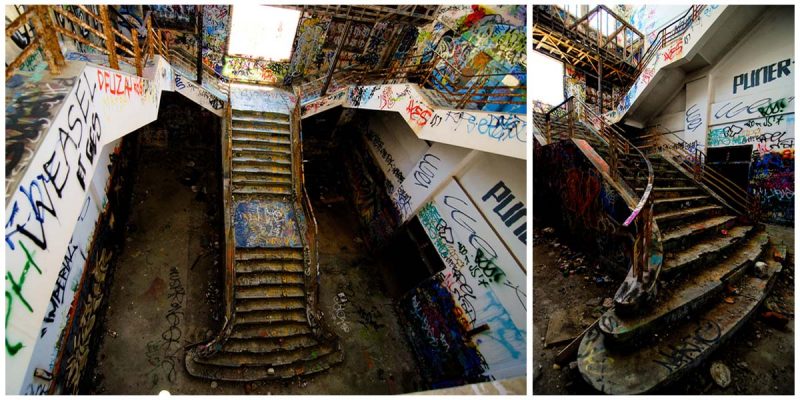Construction of the South Fremantle Power Station began in January 1946, with high hopes for modernizing and improving Western Australia’s power supply. The South Fremantle site was chosen as it was relatively close to the metropolitan population, its proximity to nearby railway facilities for the delivery of coal and the ease with which seawater could be accessed for use in the cooling system.
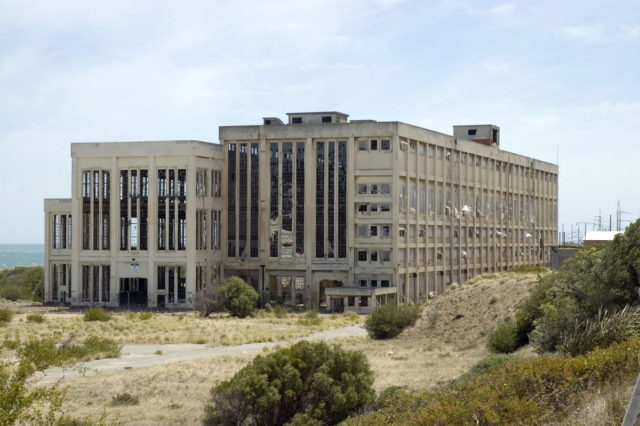
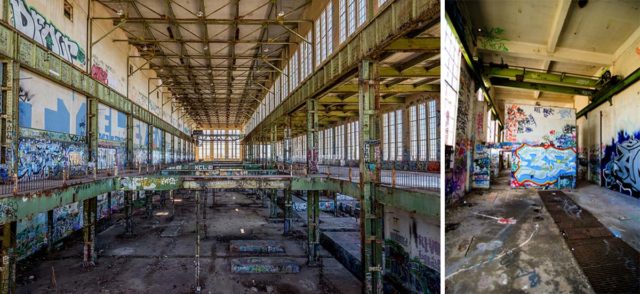
Opened in 1951, the power station was once a pillar of progress, meeting the rapidly expanding energy demands of Perth. Much of the plant was designed and manufactured in England, with skilled contractors sent out from the UK to assemble the plant on site. The State Energy Commission encouraged the recruitment of staff by providing housing in the Hilton Park area, and the new suburb soon had many community amenities. A bus service from the Power Station to Hilton and Fremantle was provided for shift workers. Over 250 workers were employed at the power station during the 1950s.
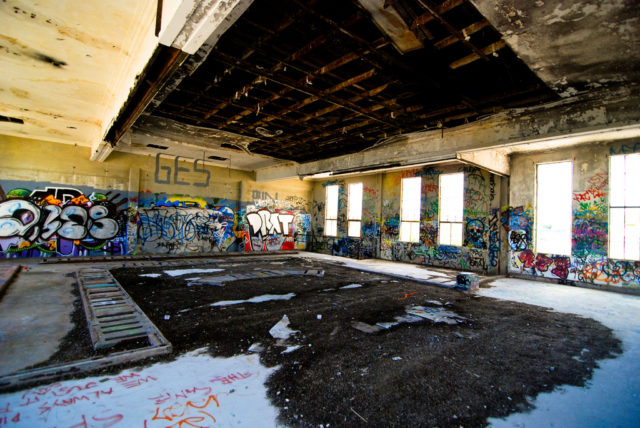
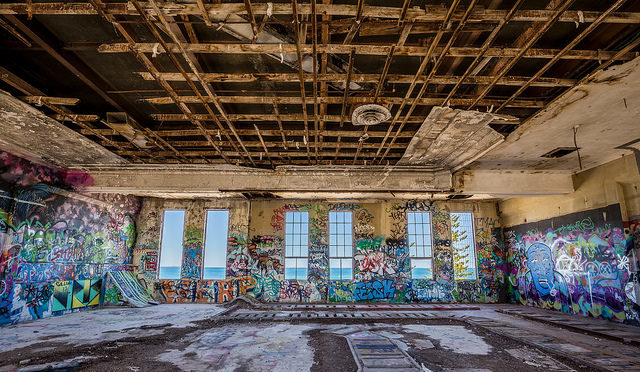
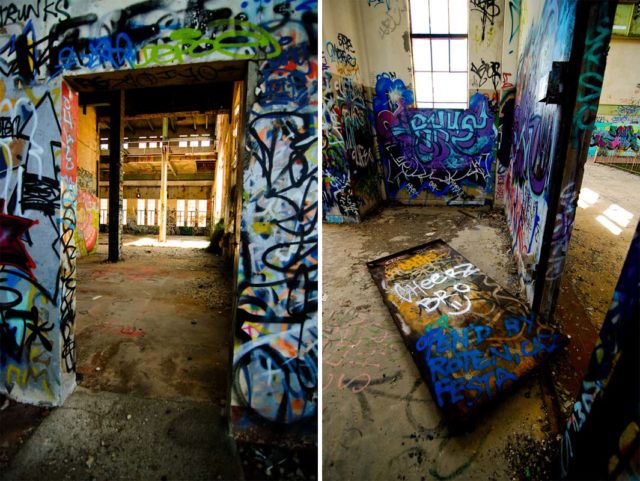
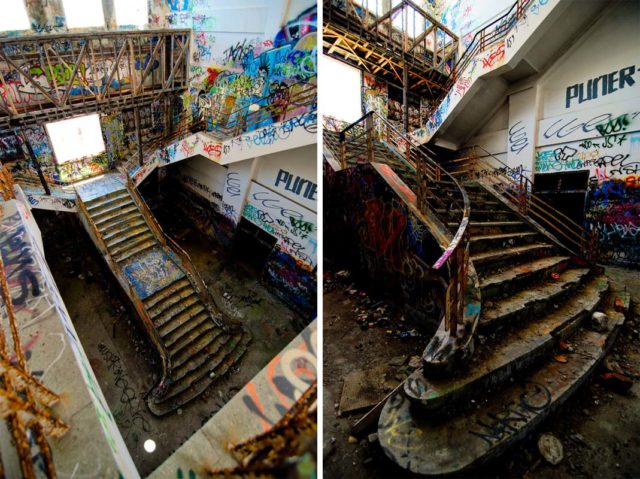
In 1954, a major fire at South Fremantle in the coal conveyor from the crusher house caused structural damage and resulted in a switch to oil fuel for the boilers. In the mid-1970s the plant was converted back to coal, which fuelled the station until its closure in 1985. By the 1980s production of electricity at South Fremantle had become uneconomical. The interconnected grid was supplying electricity from power stations with more up-to-date machinery and closer to the coal source at Collie, Bunbury, Kwinana and Muja.
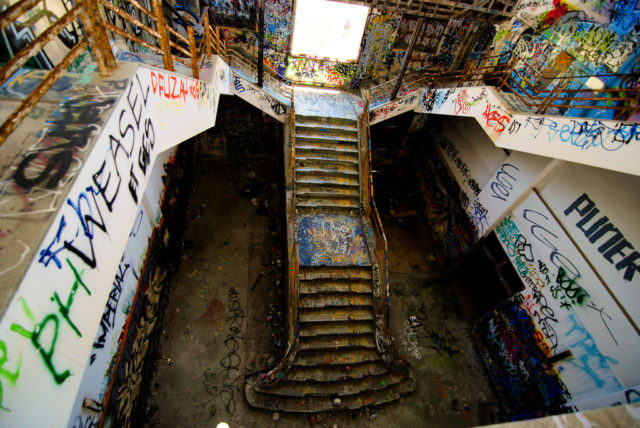
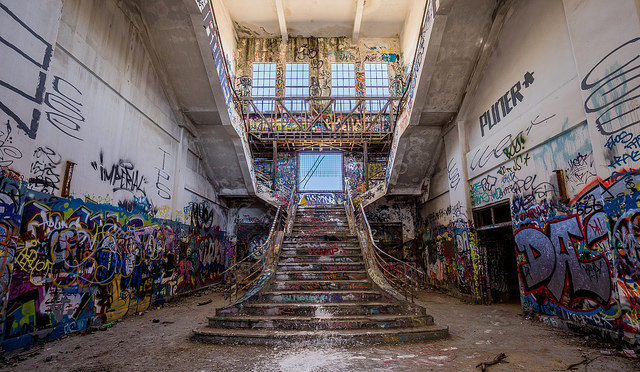
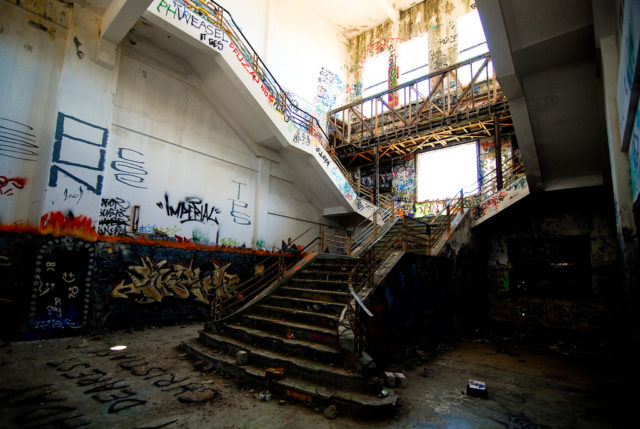
From its operational days, many workers did meet an untimely, gruesome demise inside these walls. Since it’s closure, the site has earned a somewhat dark reputation. Before Western Power removed the internal stairways, the site was a hot spot for suicides (People would climb to the top of the five story complex and jump). Four murders have also taken place in the lower levels of the building. According to some explorers, a network of tunnels still exists beneath the ruins. They say some tunnels take you to the beach, while others are rumored to take you to the center.
